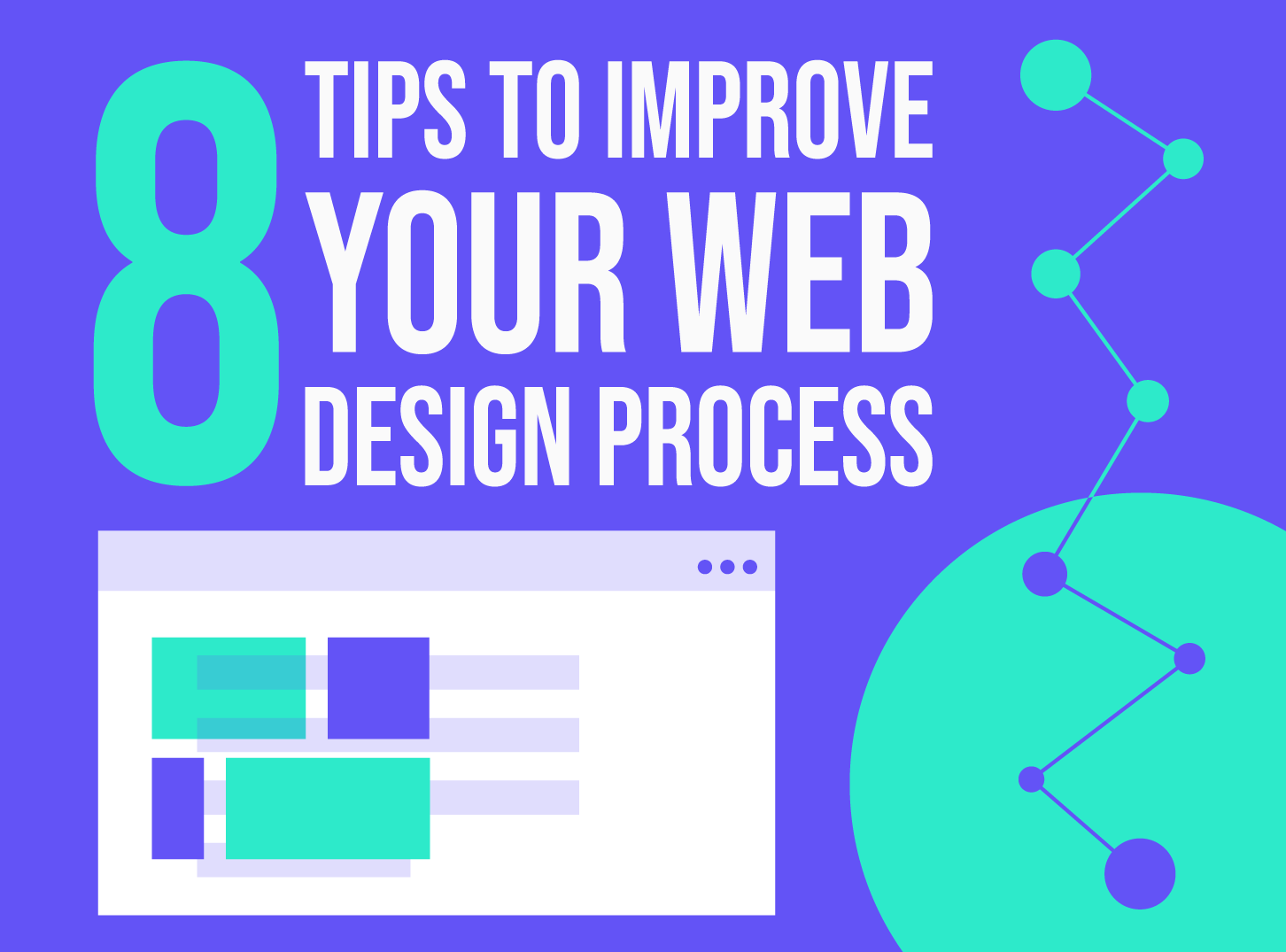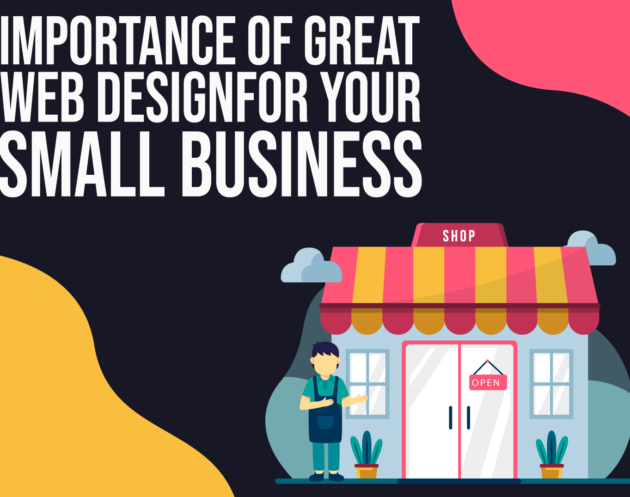Your website can be the most powerful marketing tool available to you. Therefore, the web design process is a crucial part of the online part of your business. Your website is your salesperson 24 hours a day, 7 days a week and as such could be your most powerful asset and the center of your marketing efforts.
A company’s website or app can leave a lasting impression on a client, and whether that impression is good or bad can depend on numerous factors.
User experience (UX) is at the heart of product design, whether it’s a website, a mobile app, or something else.
8 Tips to Improve Your Web Design Process
Your website is key support for your digital marketing efforts. Below we will give you 8 tips to improve your web design process:
1. Have a plan
Now that you’ve acknowledged that your site probably needs some improvements, it’s time to go back and make a plan that details how to address them.
Start by mapping out your customer journey from the first time someone visits your website to the moment they become users.
As you do this, think about which pages they will review, which content to read, and what offers are they going to convert on. Understanding this will help you design a website that actually helps nurture potential customers through the sales flow.
If you don’t want your visitors to escape from your website because they can’t cope with your navigation, try to make it as simple as possible.
You want to have no more than seven items in your menu (the point is to make it easier for people to navigate your site), try to be as descriptive as possible in the bookmarks, and even keep the navigation bar fixed. This will allow your visitors to stay longer than five seconds on your site.
3. Use white space
I have heard many times that clients complain that there is too much white space on their website and that this unused property should be used to advertise more of their services.
However, white space is essential for good design. White space makes your content more readable while allowing the user to focus on the elements that surround the text.
White space can also make your website look fresh and modern, and if your brand is in accordance with them, it can assist you to convey that feeling to the user. One drawback of white space to keep in mind is that it really takes up space.
4. Improve your call-to-action – CTA
Call-to-action (CTA) optimization is key to improving website design. By making your CTAs attractive and appealing, you increase your chances of your next visit becoming a paying customer.
CTAs vary from contact forms to activation buttons. With the help of contact forms, you can easily collect user data, such as emails and phone numbers, for the purpose of sending newsletters and callbacks.
Make your call to action visually appealing (sometimes even bold) and provide comprehensive instructions that allow customers to take action with a single click.
This will allow users to focus on searching, shopping, or ordering instead of wondering how to interact with your site.
5. Use images
People are getting faster in evaluating company websites on the Internet before deciding if they wish to review them further.
When they visit your site for the first time, they can easily pick out a generic stock photo that they have already seen elsewhere or that resembles an impersonal style of photography. Use your own images for your website. Using stock photography can reduce trust and also stand out as generic and non-unique. Unfortunately, these associations are also transferred to your business.
6. Be responsive & mobile-friendly
Over the past few years, people have started to use their mobile phones more to browse the web, which has eventually led websites to switch to mobile-friendly or customizable designs.
Proper design will do wonders for your website regarding SEO and will help you position yourself better in SERPs.
7. Keep typography consistent
When we sit down to read a book, we expect each page to follow a sense of order. The text will be the same size, placed at the correct spacing, and will follow the same repeating format.
That sense of conformity keeps us engaged and offers an uninterrupted experience of reading through the pages of a book.
Similarly, typography in web design must also have a sense of order and consistency.
Headers, body text, links, and other text must follow the same style from one page of the web page to another. In addition, the background, spacing, size, color, and weight should be identical for a given type of content.
8. Ask for feedback
Successful businesses and marketers listen to what their customers say – and should you too. If you don’t, you’re preparing to lose the opportunity to improve your products. You can add a survey to your website that asks clients to rate their experience. However, listening to clients’ input and making appropriate changes allows you to hugely improve your UX.
Keep Learning And Improving
The key to good UX design is that it works for both your users and your platform. In essence, a well-designed user experience is about bringing the user to the info or resources they have, while isolating anything in their path.
Web design is continually evolving, which makes it extremely useful, there are always new tools and new design techniques.





1 comment